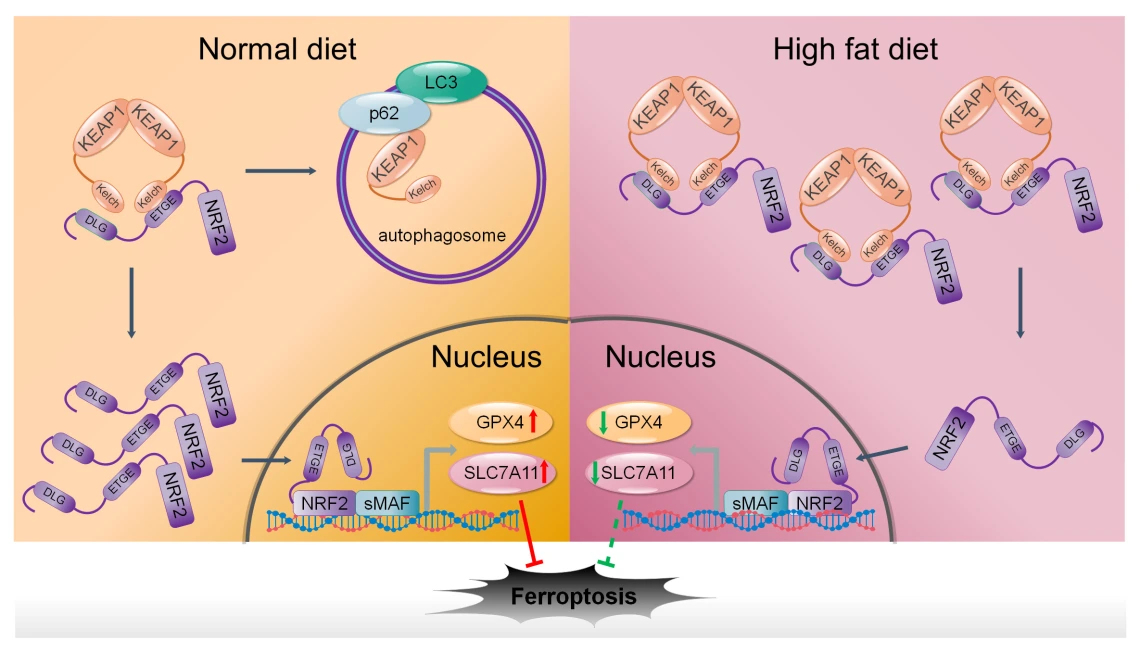Pengfei Liu
Mentor
Dr. Donna Zhang
Department
Pharmacology and Toxicology
Abstract
Sulforaphane relieves hepatic steatosis via enhancing NRF2 signaling and inhibiting farroptosis
Nonalcoholic fatty liver disease (NAFLD) has been the most prevalent liver disease all over the world. However, the mechanisms of the initiation and development of NAFLD remain unclear for us. Recently, some studies have reported that ferroptosis, a new type of cell death, may be involved in the process of hepatic steatosis. Meanwhile, many functional genes in ferroptosis can be regulated by nuclear factor erythroid-derived 2-like 2 (NRF2). In this study, we mainly investigated the roles of NRF2 and ferroptosis in the progress of NAFLD. Our results showed that the hepatic steatosis resulted in the decrease of NRF2 and NRF2 target genes, GPX4 and SLC7A11 (two important ferroptosis inhibitors), in hepatocytes, because of the block of autophagy and the upregulation of KEAP1. In addition, sulforaphane (SFN), a canonical NRF2 activator also showed the therapeutic action against high-fat diet-induced hepatic steatosis in vivo. The inhibition of lipid peroxidation and ferroptosis in hepatocytes via increasing the level of NRF2 should be one of the key mechanisms for the therapeutic function of SFN. Totally, our study revealed that both NRF2 and NRF2 target gene, which are related with ferroptosis, are the critical regulators in the progress of NAFLD, and ferroptosis also could be considered as a novel target for the treatment of f NAFLD as well as other liver diseases.



